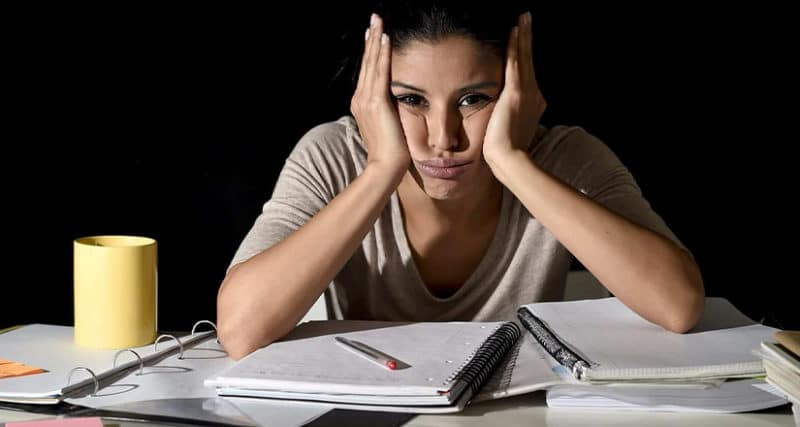Mindfulness for Teachers: What You Can Do to Prepare for Classroom Stress
Let’s get real for a minute…teaching is hard, you guys. Between lesson planning, classroom management, communicating with parents, grading, attending professional development – the list goes on and on – teachers are so very busy. And this busyness inevitably leads to high levels of stress and burn out. It’s no wonder that 15% of US teachers leave the profession every year. That’s about half a million people!
And we know teacher stress affects more than just teachers. Research has clearly shown there is a correlation between stressed out teachers and stressed out students. One study conducted at the University of British Columbia in 2016 tracked the levels of the stress hormone, cortisol, in 400 elementary students. Researchers found higher daily levels of cortisol in students whose teachers had reported higher levels of burnout.
So it benefits both teachers and students for teachers to focus on their personal wellness and learn stress-management strategies to use at school. One powerful tool that can help teachers do just that is mindfulness. Sound a little too new-agy for you? Stay with me. I’m not talking about burning incense and singing “Kumbaya” (though, if that works for you, sing on, my friend). The best definition I have found comes from ABC news anchor Dan Harris, who discovered mindfulness after an on-air anxiety attack in 2014. He defines mindfulness as “the ability to know what’s happening in your head at any given moment without getting carried away by it.”
How can this type of awareness help teachers and students? As Patricia Jennings, author of Mindfulness for Teachers explains, by teachers being more cognizant of their feelings in the classroom, they can better respond when stressful situations arise, as they are apt to do, frequently. And by modeling regulation of our emotions, teachers can help students deal more effectively with their emotions. Jennings taught mindfulness techniques over the course of a year to 224 New York City teachers, and her impressive findings were published in a 2016 study by The Journal of Educational Psychology. The teachers in NYC reported their feelings of stress, anxiety and burn out were reduced compared to a control group.
Mindfulness is starting to sound pretty good, right? But we’re still left with a difficult question: how does one become more mindful? It’s not as complicated as you might think, and there are actually a few simple things teachers can do on a daily basis.
Breathe
When you feel yourself becoming overwhelmed with a situation, before reacting, take three deep breaths. Just three breaths can begin to lower cortisol levels and give you time to consider how you want to respond to the situation.
Walk
Incorporate walking into your school day. Even a 10-15 minute walk can raise endorphins and lower cortisol levels. Walking with a fellow teacher and reflecting on issues that arose that day can also help you gain perspective.
Relax
Practice some form of relaxation discipline. It could be yoga or simple meditation. In fact, as little as 3 minutes of meditation can be effective (and easy to do on lunch break). As you sit quietly, practice letting your mind wander and then pulling it back to the present, over and over again. It’s like doing bicep curls with your brain. If you struggle to meditate on your own, consider downloading one of the many free meditation apps out there.
As a teacher myself, I have experienced firsthand how taking a little time each day to use these techniques can make a big difference in my classroom. The well-being of teachers is my main focus. I hope you find these mindfulness tips helpful in bringing some calm to your busy life.
Keep up the important work you do, teachers!





